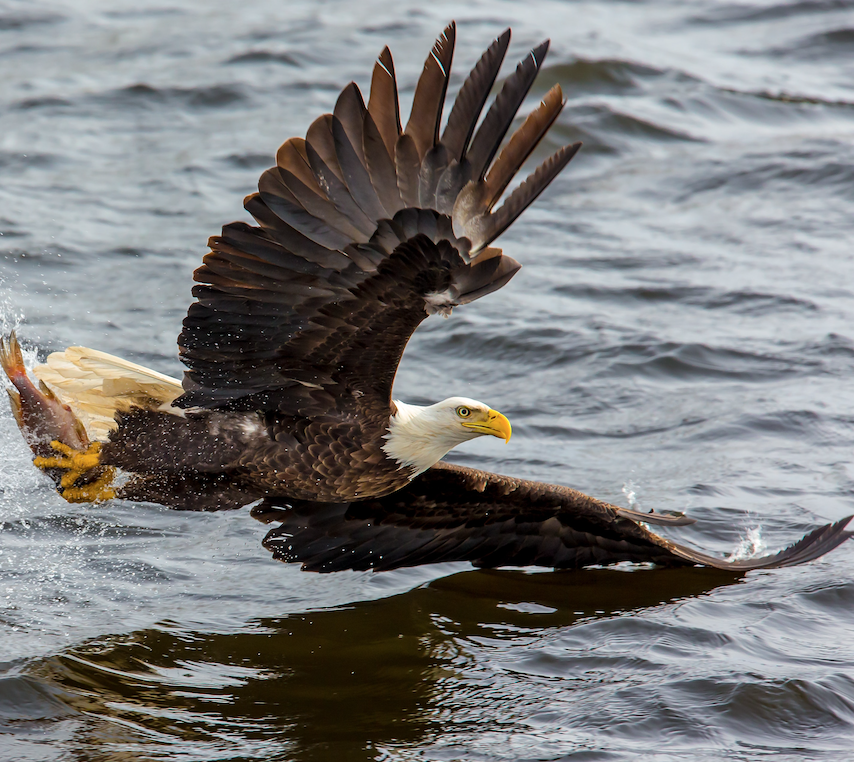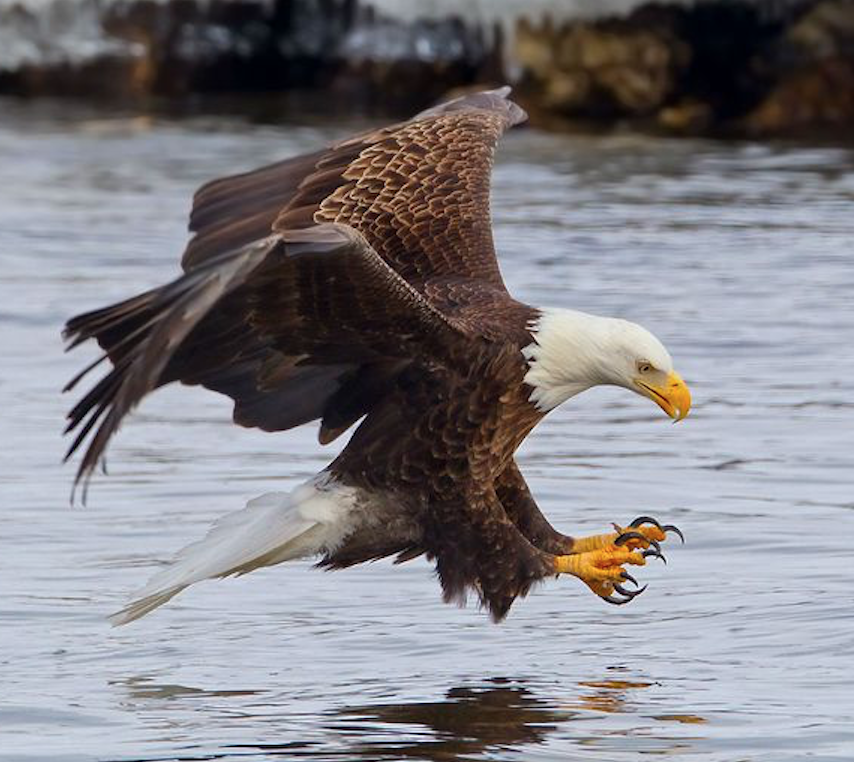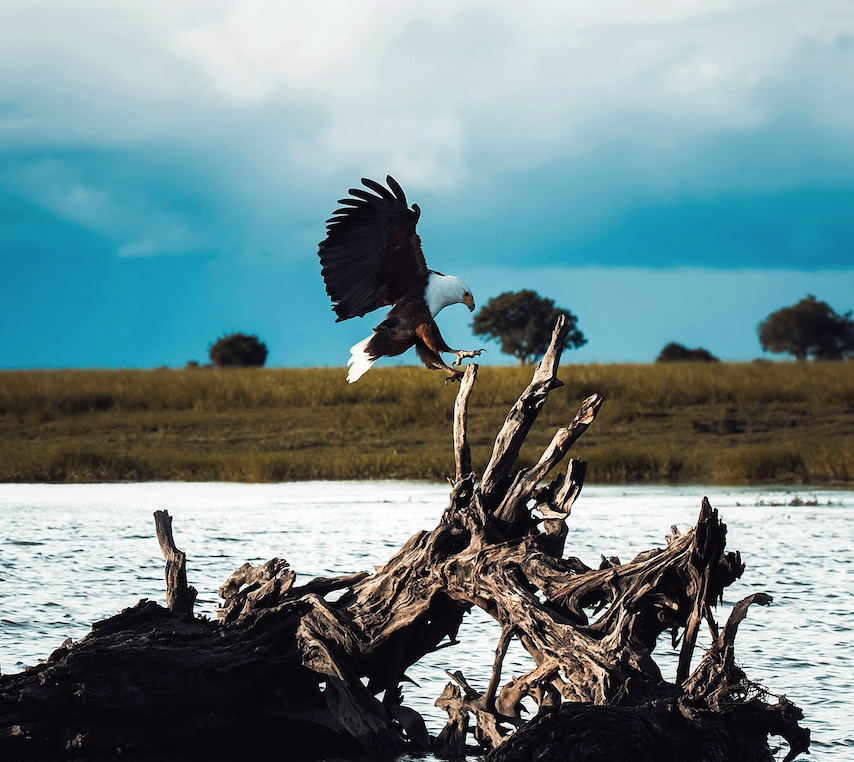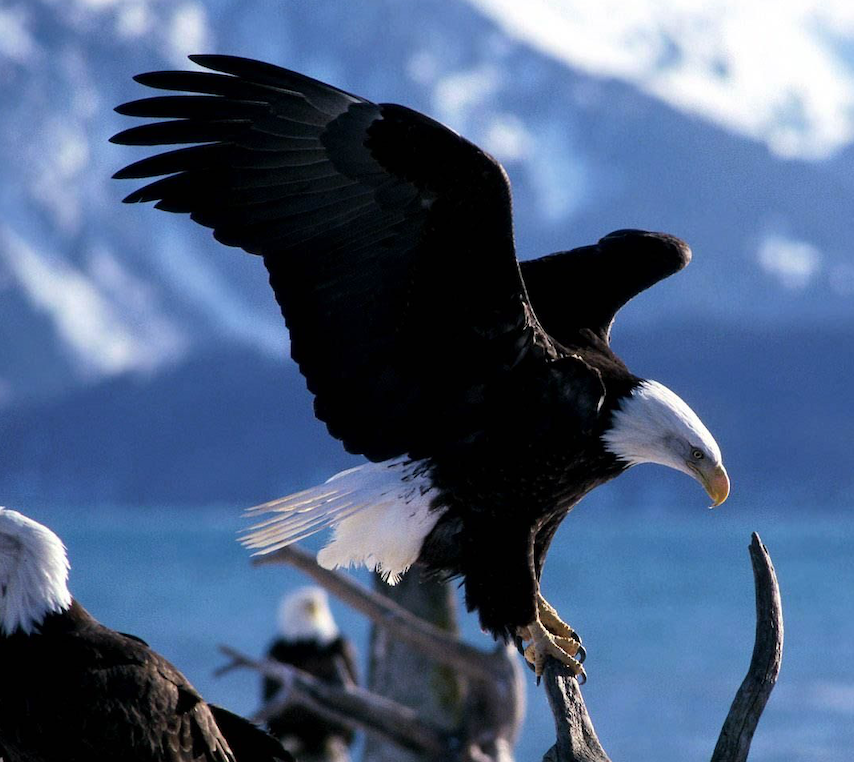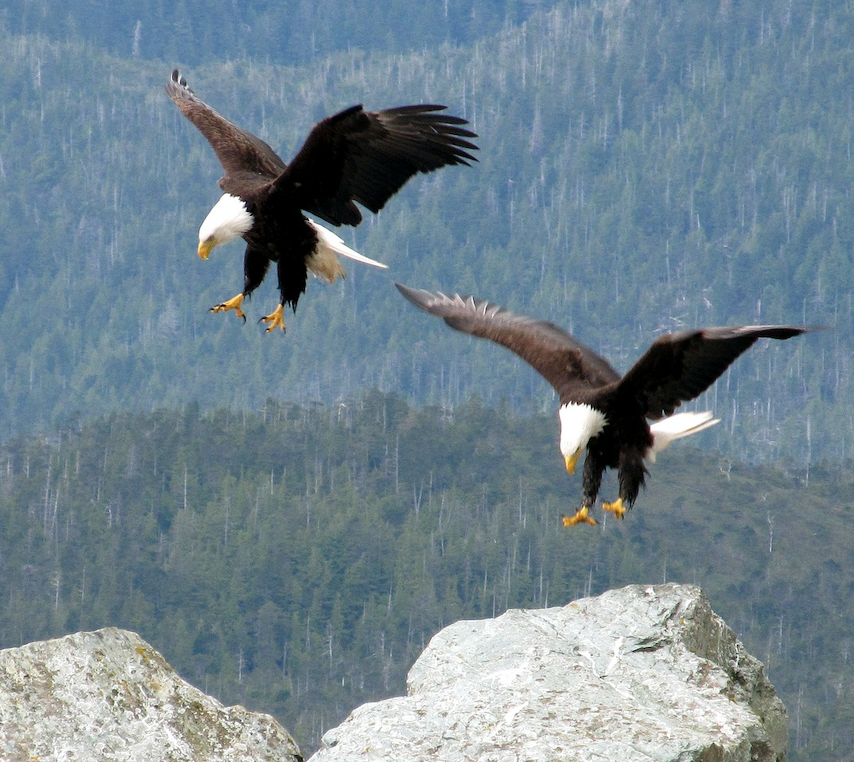Just for Fun
Below is my checker board of the American Bald Eagle
Due to time running out in this course, I just wanted to play with the grid. I like the responsive grid system used in this class, and have modified such that I can layout any number of grids. The CSS links are included in all files, althougth I don't use all of them in these pages. I look forward to experimenting with the grids referenced in the text; such as, the Skeleton Grid, Zurb Foundation and Bootstrap.
